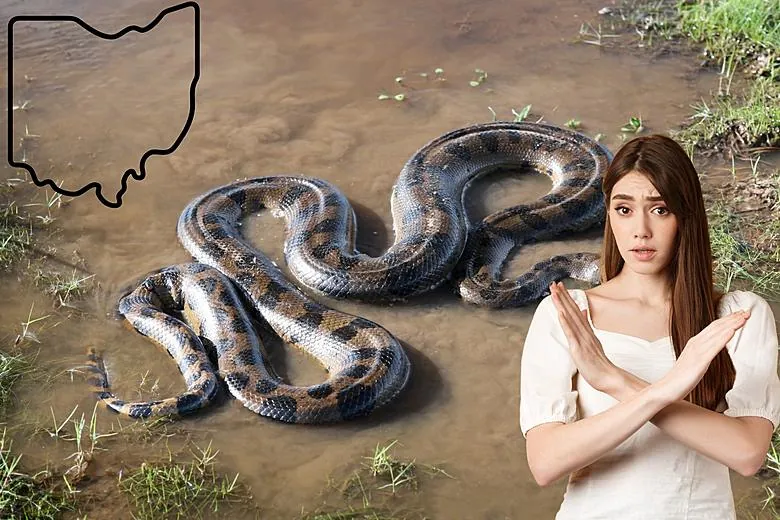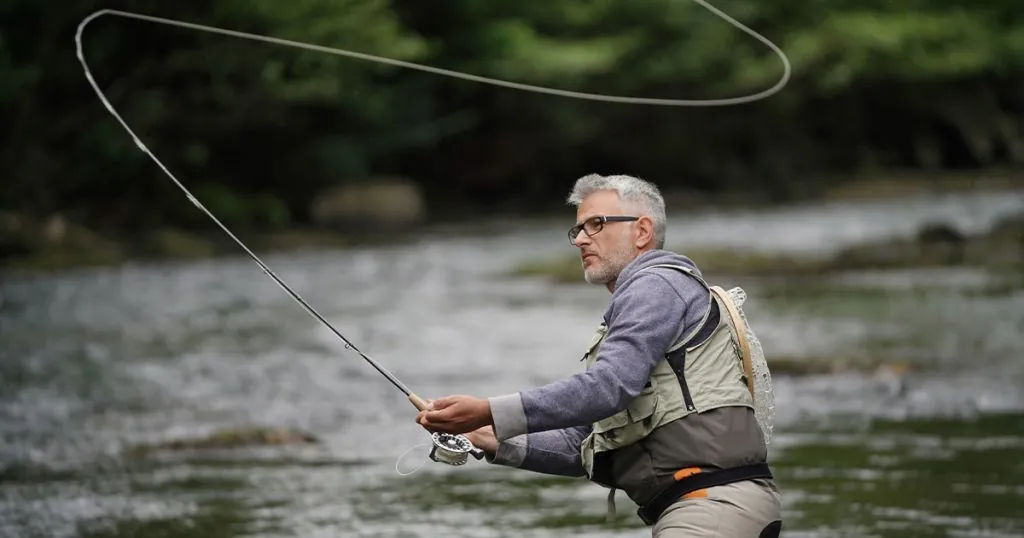Ohio is home to a diverse range of wildlife, including a number of snake species that thrive in various habitats across the state. For outdoor enthusiasts, particularly those who enjoy spending time near or on the water, it’s essential to be aware of which lakes in Ohio are known for having significant snake populations. This article will explore the top snake-infested lakes in Ohio in 2024, providing an overview of each location, the snake species found there, and practical tips for staying safe.
General Information About Snakes in Ohio
Ohio’s varied landscapes, including forests, wetlands, and lakes, provide ideal environments for snakes. Some of the most common snake species in Ohio include:
- Northern Water Snake (Nerodia sipedon): Commonly found in and around water bodies, known for its aggressive behavior when threatened.
- Eastern Garter Snake (Thamnophis sirtalis sirtalis): Often seen in grassy areas near water, non-venomous but can be mistaken for a more dangerous species.
- Eastern Massasauga Rattlesnake (Sistrurus catenatus): Ohio’s only venomous rattlesnake, found in wet prairies and lowlands, including lake areas.
- Black Rat Snake (Pantherophis alleghaniensis): Prefers wooded areas near water bodies.
Understanding the behavior and habitats of these species can help in identifying which lakes are more prone to having higher snake populations.
Criteria for Identifying Snake-Infested Lakes
To determine which lakes are considered the most snake-infested, several factors are considered:
- Snake Population Density: Lakes with higher numbers of observed snakes are prioritized.
- Species Diversity: Lakes with multiple snake species are more likely to be categorized as snake-infested.
- Reported Incidents: Lakes with a higher number of reported snake encounters or incidents are included.
- Local Reports and Surveys: Data from wildlife surveys, local authorities, and conservationists provide insight into snake populations.
Top Snake-Infested Lakes in Ohio
1. Lake Erie
Overview: Lake Erie, one of the Great Lakes, is not only known for its vast size and recreational opportunities but also for its significant snake population.
Snake Species Present:
- Northern Water Snakes are particularly prevalent in the marshy areas and river mouths feeding into Lake Erie.
- Eastern Massasauga Rattlesnakes have been reported in the wetlands and lower areas around the lake.
Notable Incidents and Statistics: Lake Erie’s extensive shoreline and numerous wetlands provide ample habitat for snakes. Reports of snake sightings are common, especially in areas like the Sandusky Bay and the marshlands around the lake’s western edge. In 2023, there were multiple reports of snake encounters at popular recreational spots like Maumee Bay State Park, highlighting the lake’s high snake population.
2. Indian Lake
Overview: Located in Logan County, Indian Lake is a large man-made lake known for its recreational boating and fishing.
Snake Species Present:
- Northern Water Snakes are abundant, often seen basking on logs and rocks.
- Eastern Garter Snakes are also frequently encountered, particularly in the grassy areas around the lake.
Notable Incidents and Statistics: Indian Lake has had several reported incidents of snake bites and close encounters, especially during the warmer months when snakes are more active. The lake’s surrounding wetlands and dense vegetation contribute to the high snake population, with an estimated 50% increase in reported sightings from previous years.
3. Buckeye Lake
Overview: Buckeye Lake, situated in central Ohio, is a popular spot for boating and fishing, and it also has a significant snake population.
Snake Species Present:
- Northern Water Snakes are common around the lake’s edges and in the shallow areas.
- Eastern Garter Snakes are frequently seen in the surrounding vegetation.
Notable Incidents and Statistics: Buckeye Lake has experienced a rise in snake encounters, particularly in the early summer. The lake’s shallow, weedy areas are ideal habitats for these snakes. Local reports indicate an increase in snake sightings, with several incidents involving Northern Water Snakes observed at popular picnic spots.
4. Alum Creek Lake
Overview: Located near Columbus, Alum Creek Lake is known for its recreational facilities and extensive natural areas.
Snake Species Present:
- Northern Water Snakes are prevalent in the lake’s lower regions and marshes.
- Eastern Massasauga Rattlesnakes have been reported in the surrounding lowland areas.
Notable Incidents and Statistics: Alum Creek Lake’s combination of open water and marshy surroundings provides a perfect environment for snakes. There have been several reports of snake bites and sightings around the lake’s popular camping and fishing spots. In 2023, there were a notable number of snake-related incidents, particularly in the park areas.
5. Caesar Creek Lake
Overview: Caesar Creek Lake, located in southwestern Ohio, is a popular spot for boating, fishing, and hiking.
Snake Species Present:
- Northern Water Snakes are commonly seen in the lake’s wetlands and along the shore.
- Eastern Garter Snakes are also frequent in the grassy areas surrounding the lake.
Notable Incidents and Statistics: Caesar Creek Lake’s diverse habitats support a large snake population. The lake’s wetlands and dense vegetation contribute to frequent snake sightings. Reports from 2023 indicate an increase in snake encounters, especially near the lake’s hiking trails and fishing areas.
How to Stay Safe Around Snake-Infested Lakes
Tips for Avoiding Snake Encounters:
- Stay on designated trails and avoid tall grass and dense vegetation where snakes may be hiding.
- Be cautious around the water’s edge and avoid reaching into areas where snakes could be concealed.
- Wear protective clothing such as long pants and sturdy boots when hiking in snake-prone areas.
First Aid for Snake Bites:
- Seek medical attention immediately, even if the bite appears minor.
- Keep the affected limb immobilized and below heart level.
- Do not attempt to suck out the venom or apply ice.
What to Do if You Encounter a Snake:
- Remain calm and slowly back away from the snake.
- Do not attempt to handle or provoke the snake.
- Notify local authorities if the snake poses a significant threat to public safety.
Conclusion
Ohio’s lakes offer fantastic recreational opportunities, but they also harbor a variety of snake species that can make certain lakes more dangerous. By understanding which lakes are known for high snake populations and taking appropriate precautions, outdoor enthusiasts can enjoy their time on the water while minimizing the risk of snake encounters. Awareness and preparation are key to ensuring a safe and enjoyable experience around Ohio’s most snake-infested lakes.
This Article Includes







